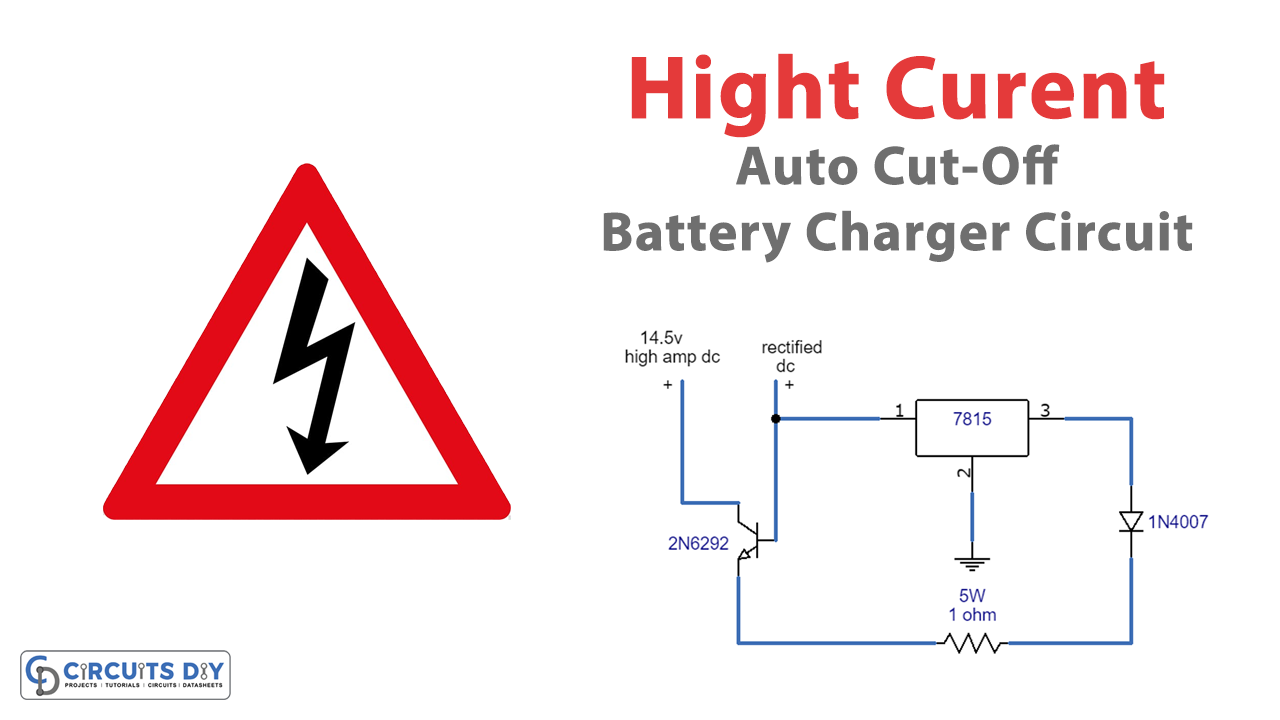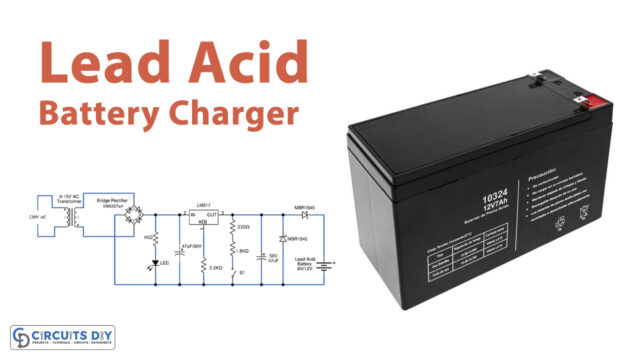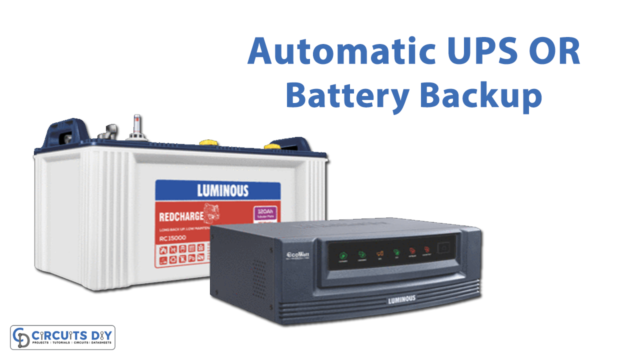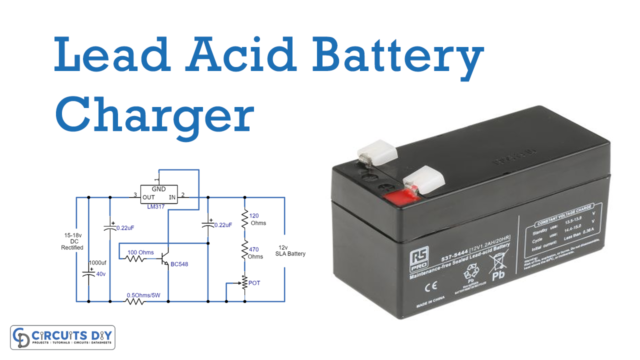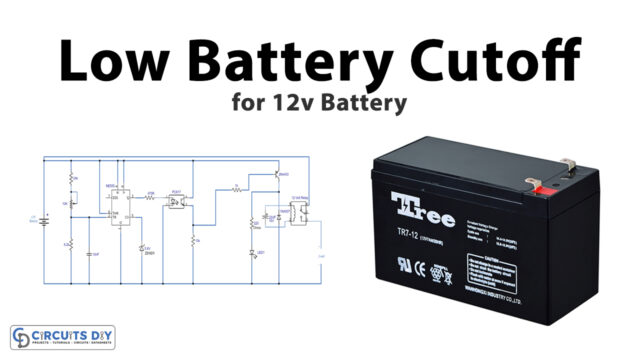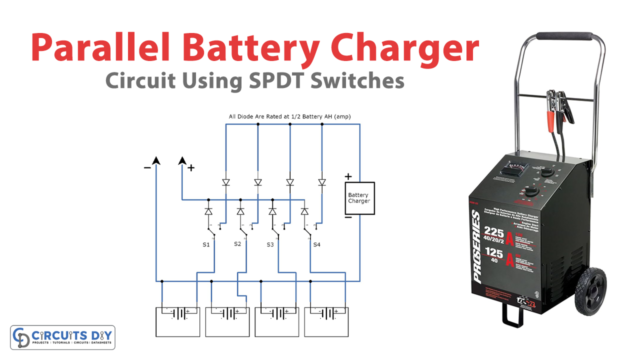Introduction
Are you looking for a simple and effective way to charge your lead-acid battery without the risk of overcharging it? Look no further than a high-current auto-cutoff battery charger circuit!
In this blog post, we will guide you through the steps of creating this circuit using a single transistor. With our easy-to-follow explanation and circuit diagram, you’ll be able to create your own battery charger in no time. So, let’s dive in!
Hardware Required
| S.no | Components | Value | Qty |
|---|---|---|---|
| 1 | Voltage Reg | 7815 | 1 |
| 2 | Transistor | 2N6293 | 1 |
| 3 | Diode | 1N4007 | 1 |
| 4 | Resistor | 1OHM | 1 |
Circuit Diagram
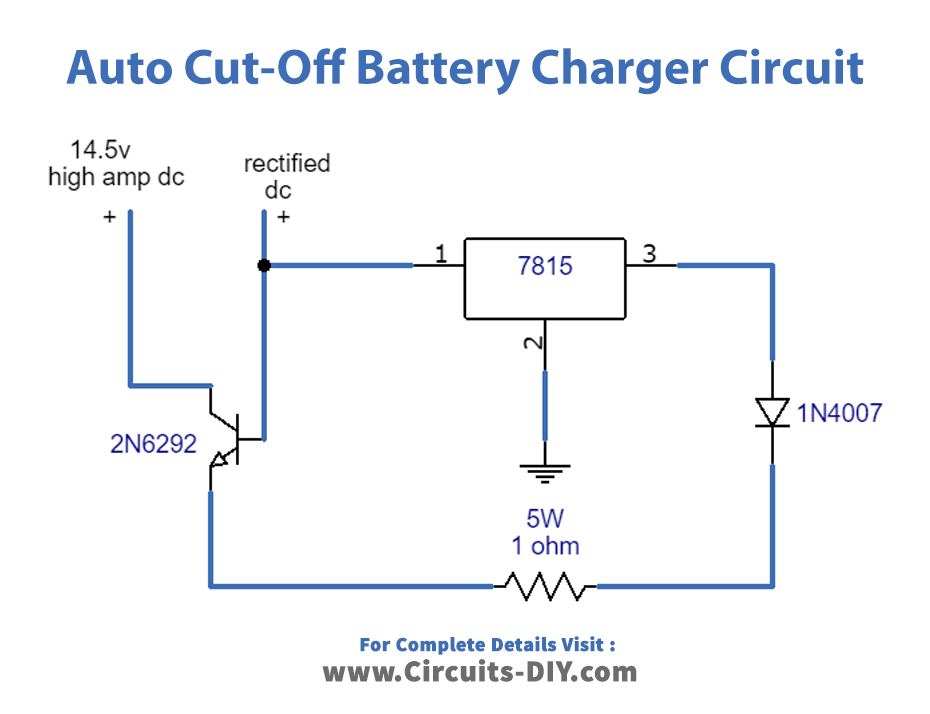
Understanding the High Current Auto Cut-Off Battery Charger Circuit
This circuit is designed to charge your lead-acid battery while also automatically shutting off when the battery is fully charged. It works by using a single transistor as a common collector stage and is designed to use the 2N6292 power device. The emitter follower design ensures that the transistor only conducts when the emitter potential is 0.7V lower than the base potential, which in turn charges the battery.
The Importance of Correct Base Resistor Value
While this circuit is simple to build, it is essential to note that one should determine the base resistor value correctly. If not, the circuit may not function properly, potentially damaging your battery. We recommend double-checking your resistor value to ensure optimal performance.
Base resistor = Hfe x battery internal resistance
Using a Heatsink and Mica Separator Kit for Thermal Protection
We recommend installing a mica separator kit to protect the IC and transistor from overheating on a common heatsink. This will help benefit from the thermal protection feature of the IC and protect both devices from any potential damage.
Conclusion
With our easy-to-understand explanation and circuit diagram, you can easily create your own high-current auto-cut-off battery charger circuit using a single transistor. Remember to carefully figure out the base resistor value, use a heatsink and mica separator kit for thermal protection, and enjoy the convenience of a safe and effective battery charger. So, give a try to this circuit and for any query, feel free to use our comment section.


